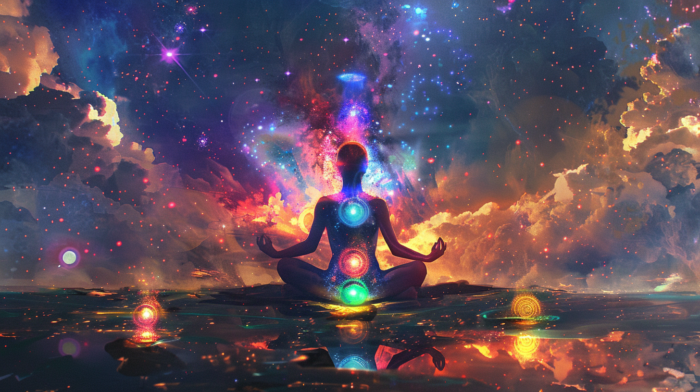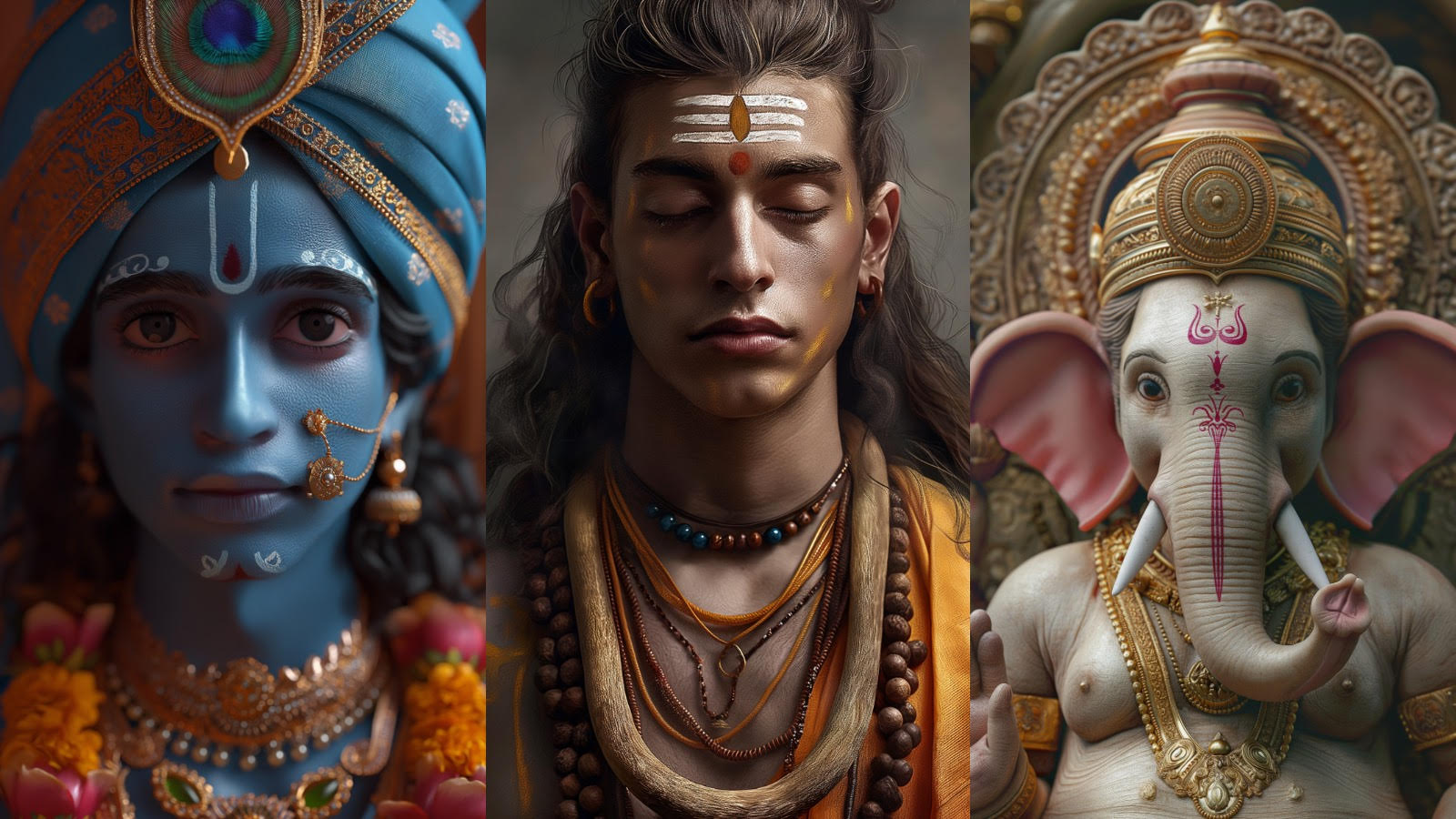
As humans, we often find ourselves confined by the limits of our physical reality. But what if I told you that there’s a realm beyond our senses, a cosmic dimension that holds the key to unlocking our true potential? This is the realm of cosmic downloads.
Cosmic downloads are not just a concept from science fiction; they are a real phenomenon that has been experienced by many individuals throughout history including me. These downloads are moments of profound insight and understanding, where knowledge and wisdom are transferred directly into our consciousness from the cosmos itself.
Imagine a world where you can tap into the infinite intelligence of the universe, where you can access information and ideas that are beyond the scope of our current understanding. This is the promise of cosmic downloads.
But how do these downloads occur?
The answer lies in the nature of consciousness itself. As we expand our awareness and open ourselves to the infinite possibilities of the universe, we become more receptive to these cosmic transmissions. It’s like tuning into a radio station; the more aligned we are with the frequency of the cosmos, the clearer the signal becomes.
With cosmic downloads, we can unlock new levels of creativity, innovation, and problem-solving. We can tap into the collective wisdom of the universe and use it to solve some of the most pressing challenges facing humanity today.
But cosmic downloads are not just about acquiring knowledge; they are also about expanding our consciousness and connecting with the larger cosmic intelligence that surrounds us. They are a reminder that we are not alone in the universe, and that there is a vast network of intelligence and consciousness that we can tap into.
As we continue to explore the frontiers of human consciousness, cosmic downloads will become an increasingly important tool for personal growth and development. By opening ourselves to these cosmic transmissions, we can tap into a wellspring of wisdom and insight that has the power to transform our lives and the world around us.
So, are you ready to download from the source? The universe is waiting for you to tune in and unlock your true potential. See you in the middle 🙂


